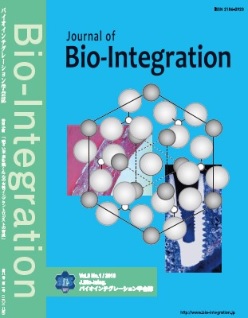Diet restriction and fasting could promote tissue regeneration and enhance the immune system by increasing the number of stem cells in the body. Thus, temporary restriction of nutrients at a cellular level may affect its proliferation or differentiation capacity. The present study aimed to investigate and evaluate the effect of glucose reduction and recovering (GRR) regimens on mouse bone marrow cells (BMCs). BMCs were extracted from femurs of 17-week-old male CB57L/6 mice and were grown in a 24-well plate. Then, the cells were divided into 3 groups: intermittent GRR (IGRR), prolonged GRR (PGRR), and control (C), each with (+) or without (–) osteogenic supplements. After 2 weeks of GRR regimens, cell proliferation was measured, osteogenic differentiation was evaluated by an alkaline phosphatase (ALP) activity assay and mineralized nodule staining, and mRNA expression reflecting osteoblast differentiation was evaluated by reverse-transcription quantitative polymerase chain reaction. Cell proliferation significantly increased in IGRR+/- and PGRR+/- cells than in C+/- cells. There was a significant increase in ALP-positive cells and mineralized nodule formation as well as in the gene expression of alkaline phosphatase (ALP), Bone Morphogenetic Protein-2 (BMP-2), Osterix (OSX), and Osteocalcin (OCN) in PGRR+ cells. However, IGRR+/- and PGRR- cells did not show a significant difference in those genes when compared to C+/-. Both IGRR and PGRR enhanced cell proliferation. Moreover, PGRR+ promoted osteoblast differentiation of BMCs in vitro, whereas IGRR+ did not show any positive effects on osteogenic differentiation of BMCs. Conclusively, GRR, especially PGRR, enhanced osteoblast proliferation and upregulated gene expression of ALP, BMP-2, OSX, and OCN.
View full abstract
